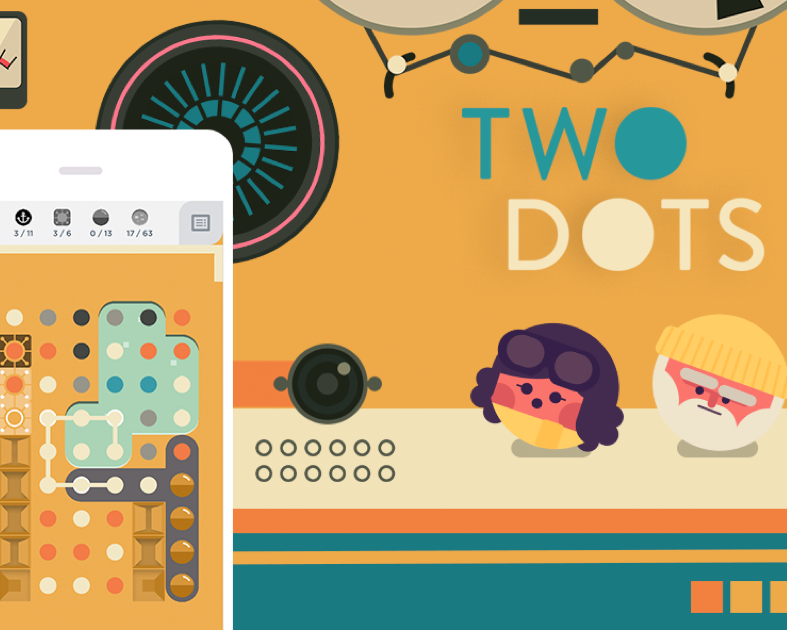Pillars of Power
art history | museum | interaction
A playful museum-based approach to art history education
Pillars of Power is a pop-up exhibit that showcases the cultural importance of pillars and freestanding structures through the lens of power structures. The project seeks to explore the potential of play and interaction in making art and architecture history more meaningful for visitors.
Grad thesis project at Parsons
Duration: 8 months (Sep 2022 - May 2023)
Credits: Scan The World by MyMiniFactory, Historic Environment Scotland
Materials: 3D printed polylactic acid (PLA), magnets, ink, projection, digital interaction
Project exhibited at:
Entropy Pop-Up Show & Symposium, Parsons Festival, NYC - May 2023
Through the exhibit, visitors can gain a deeper understanding of the symbolism and meaning conveyed through these structures. With a combination of traditional exhibit design techniques and a fresh perspective on how museums might showcase their collections, Pillars of Power features a series of displays using projection mapping, 3D printing and gamification.
By recreating historically significant pillars for visitors to explore up close, the exhibit proposes a framework for accessible and engaging art history learning tools through active participation and exploration. Ultimately, it inspires a wide range of audience to think critically about the impact of pillars on the built environment, and the ways in which they reflect cultural values and beliefs across diverse contexts.

A column from La Daurade, Toulouse

Stela A, Copan

a dragon column from Thean Hou Temple, Malaysia
About the Exhibit
Pillars of Power showcases carefully reproduced replicas of existing pillar structures. It comprises three displays, each offering a unique perspective on the historical significance of pillars as symbols of power and ritual across various cultures and time periods.

The first display is a projection of pillars from different regions and time periods, presented irrespective of their original context. This serves as an introduction to the vast and varied use of pillars throughout the world.
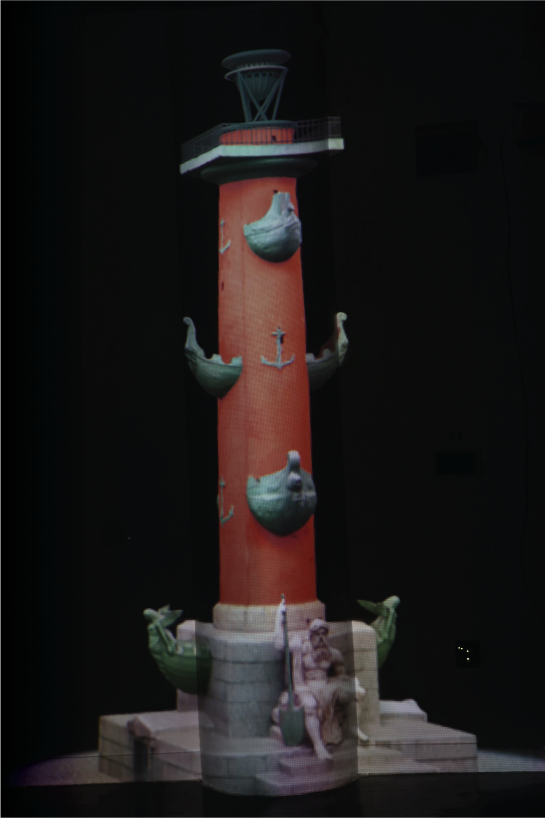

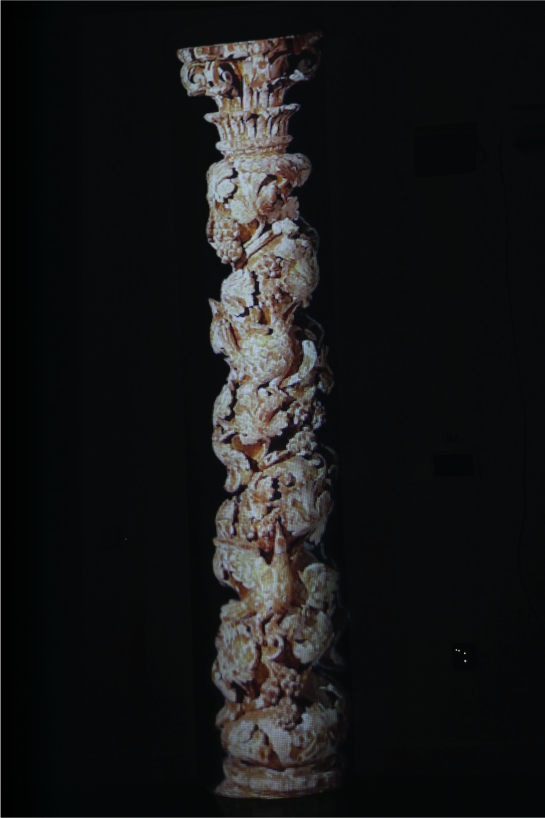

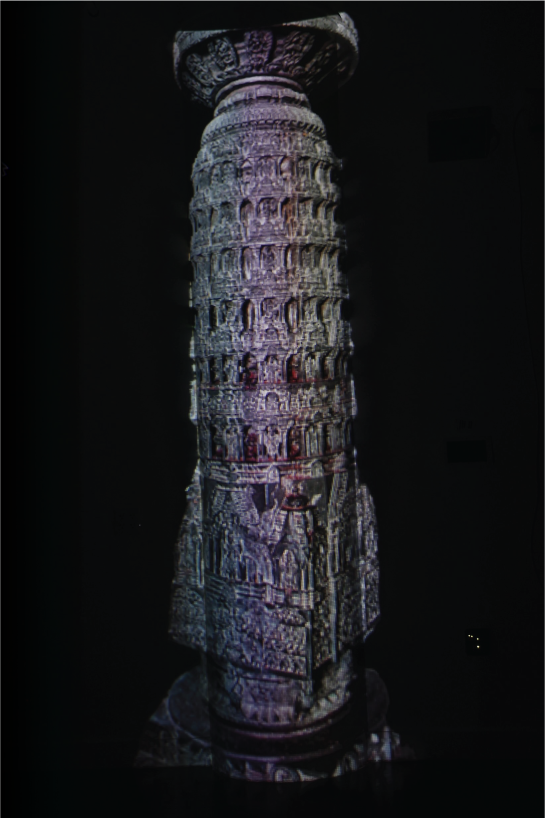

The first display is a projection of pillars from different regions and time periods, presented irrespective of their original context. This serves as an introduction to the vast and varied use of pillars throughout the world.
Next, is a series of pillar models presented in pieces like building blocks that visitors can assemble and align to reconstruct complete pillars and find written clues. These clues, along with corresponding notes that briefly describe how the pillars embody a particular power structure, reveal the following: construction date, place of origin, materials used, and height. Displaying these structures scaled down, in physical form, encourages visitors to focus on the stylistic variations, texture, and details of the pillars.

pieces with magnets embedded

arranging the pieces
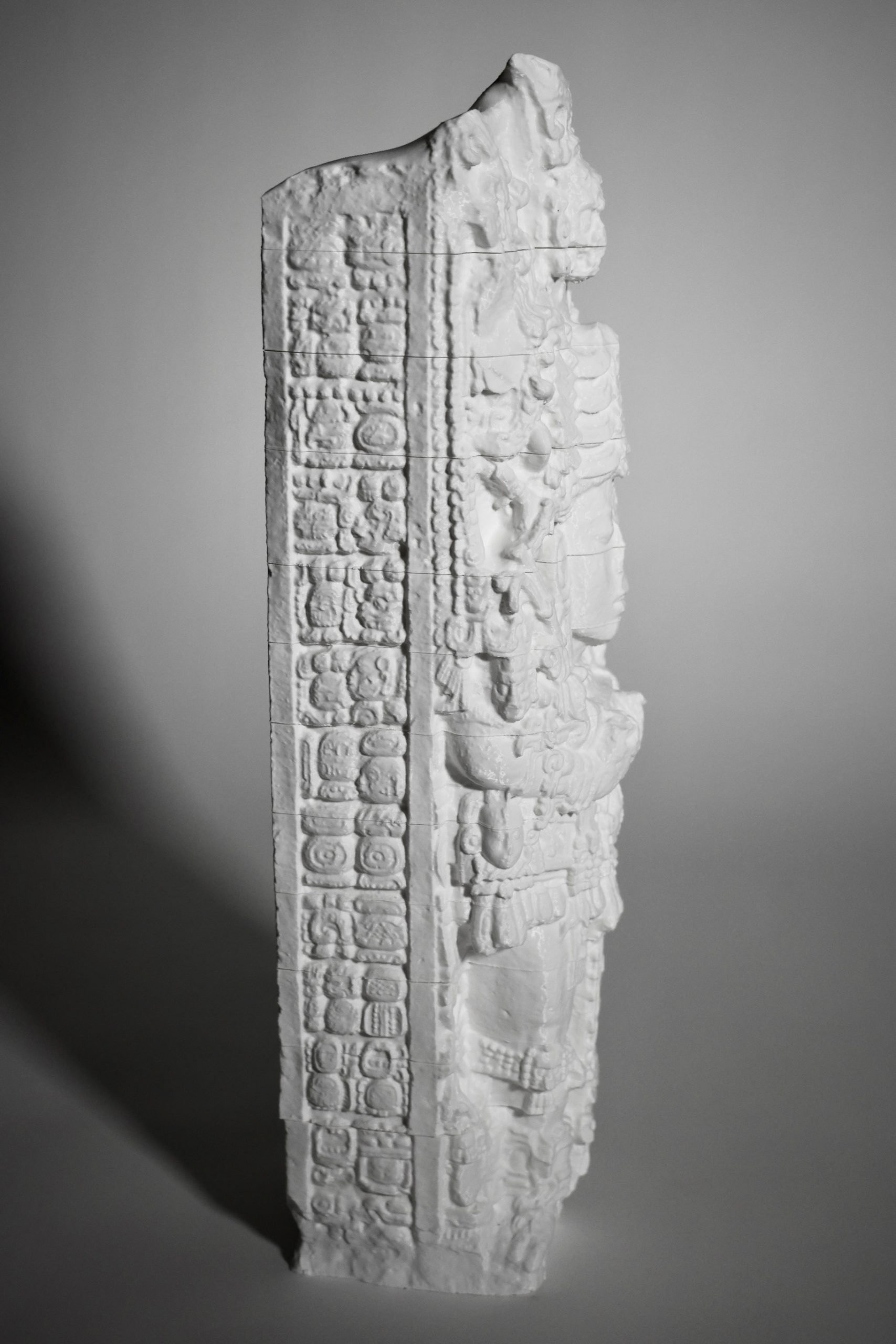
side view of assembled Stela A



text based clues indicating material of the pillar

detail of Apprentice Column, Rosslyn Chapel

detail of Cleopatra’s Needle, Central Park, NYC
Having fit different parts to build a whole pillar, it is now time to see how these structures fit into a larger context. Visitors are, through a digital interaction, invited to match different pillars with images of their original setting, and check if their answers are right.
These experiences are a play on ciphers and ‘exquisite corpse’, a collaborative drawing and writing approach. Although there is an order to the displays, each is a different teaching tool and can be experienced independently, catering to different levels of interaction.












